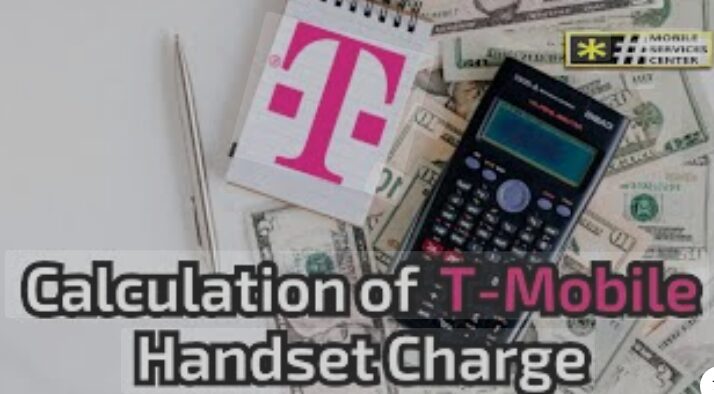Navigating your mobile phone bill can sometimes feel like deciphering a complex code. One term that often causes confusion is the t mobile handset charge. This isn’t a single, mysterious fee but rather a general term that encompasses the various costs associated with financing a new smartphone or device through the carrier. As of July 2025, understanding how these charges are broken down is key to managing your T-Mobile account effectively.
This article provides a clear breakdown of what constitutes a t mobile handset charge, explaining the different components you’re likely to see when you purchase a new device.
The Core of the Charge: Equipment Installment Plan (EIP)
The most significant part of any t mobile handset charge is almost always the Equipment Installment Plan, or EIP. This is T-Mobile’s financing program that allows you to pay for a new device over time, rather than paying the full retail price upfront.
How the EIP Works:
- Zero-Interest Financing: The EIP splits the total cost of your new handset into monthly installments, typically spread over 24 months. Crucially, this is offered as a zero-interest plan, meaning you won’t pay more than the phone’s retail price over the life of the agreement.
- Monthly Billing: Each month, you will see a specific line item on your T-Mobile bill for your EIP. This is your regular t mobile handset charge.
- Promotional Credits: T-Mobile frequently offers promotions, such as “on us” deals for new phones. In these cases, you will still see the monthly EIP charge on your bill, but you will also see a corresponding monthly credit that offsets most or all of that charge. You must typically remain on a qualifying plan for the full 24 months to receive all the credits.
Initial Costs: Down Payments and Taxes
While the EIP covers the bulk of the cost over time, there are often upfront charges when you first acquire your new handset.
Handset Down Payment
Not every customer has to make a down payment, but it is a common component of the initial t mobile handset charge. The requirement for a down payment is determined by:
- Your Credit History: Customers with a higher credit rating may qualify for $0 down on many popular devices.
- The Device’s Cost: More expensive, premium smartphones are more likely to require a down payment, regardless of credit class.
This down payment reduces the total amount that needs to be financed through your EIP, which can result in a lower monthly installment.
Taxes on the Full Price

A charge that often surprises customers is the sales tax. In most states, you are required to pay sales tax on the full retail price of the new handset at the time of purchase, not on the monthly EIP amount. This is a one-time charge due when you sign the EIP agreement.
Service-Related Charges: The Device Connection Charge
Another fee to be aware of is a one-time service charge for activating or upgrading a device on the T-Mobile network.
Device Connection Charge (formerly Upgrade Support Charge)
As of 2025, T-Mobile applies a “Device Connection Charge” when you upgrade your phone or add a new line. This fee covers the costs associated with T-Mobile’s services for activating the device on your account. This is a standard, one-time fee per device and will appear on your next bill after the transaction. While it’s not directly a charge for the handset itself, it is an integral part of the total cost of getting a new phone.
How to Find Your Handset Charges on Your Bill
To see a clear breakdown of your t mobile handset charge, you can log in to your T-Mobile account online or use the T-Life app.
- Under the “Bill” section, you can view a detailed PDF.
- Look for a section often titled “Equipment” or “EIP.” Here, you will see the monthly installment for each device being financed.
- Any one-time charges, like the Device Connection Charge, will typically be listed under the “One-time charges” section for the billing cycle immediately following your purchase.
By understanding these different components—the ongoing EIP, initial down payments and taxes, and one-time service fees—the t mobile handset charge becomes much clearer, empowering you to make informed decisions about your next device purchase.


